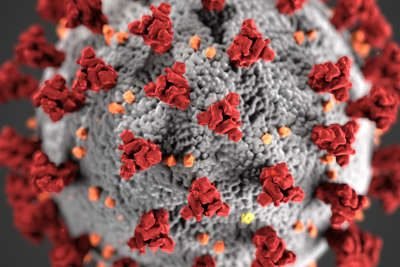If you’re at high risk of serious illness or death from Covid-19, it’s time to dust off those N95 masks and place them snugly over your nose and mouth to protect yourself from a recent uptick of the virus, according to a growing number of experts.
That advice should go all the way up to 80-year-old President Joe Biden, said Dr. Jonathan Reiner, a cardiologist.
“Octogenarians comprise the highest-risk group for complications following Covid infection,” Reiner said.
“At least until the numbers start to drop again, it would be appropriate for President Biden to take some precautions and wear a mask in crowds.”
Other high-risk groups include people with diabetes, cancer, chronic liver, kidney or lung disease, organ or stem cell transplants, HIV or other immunocompromising conditions, a history of heart disease or stroke, dementia or mental health issues.
“If you’re a caregiver for somebody who is at increased risk of complication following infection, then I think you should also consider putting a mask on in public places,” said Reiner, a professor at the George Washington University School of Medicine & Health Sciences.
“And since the masks that are most effective are N95 that are now readily available, that’s the kind of mask you should wear,” he added.

